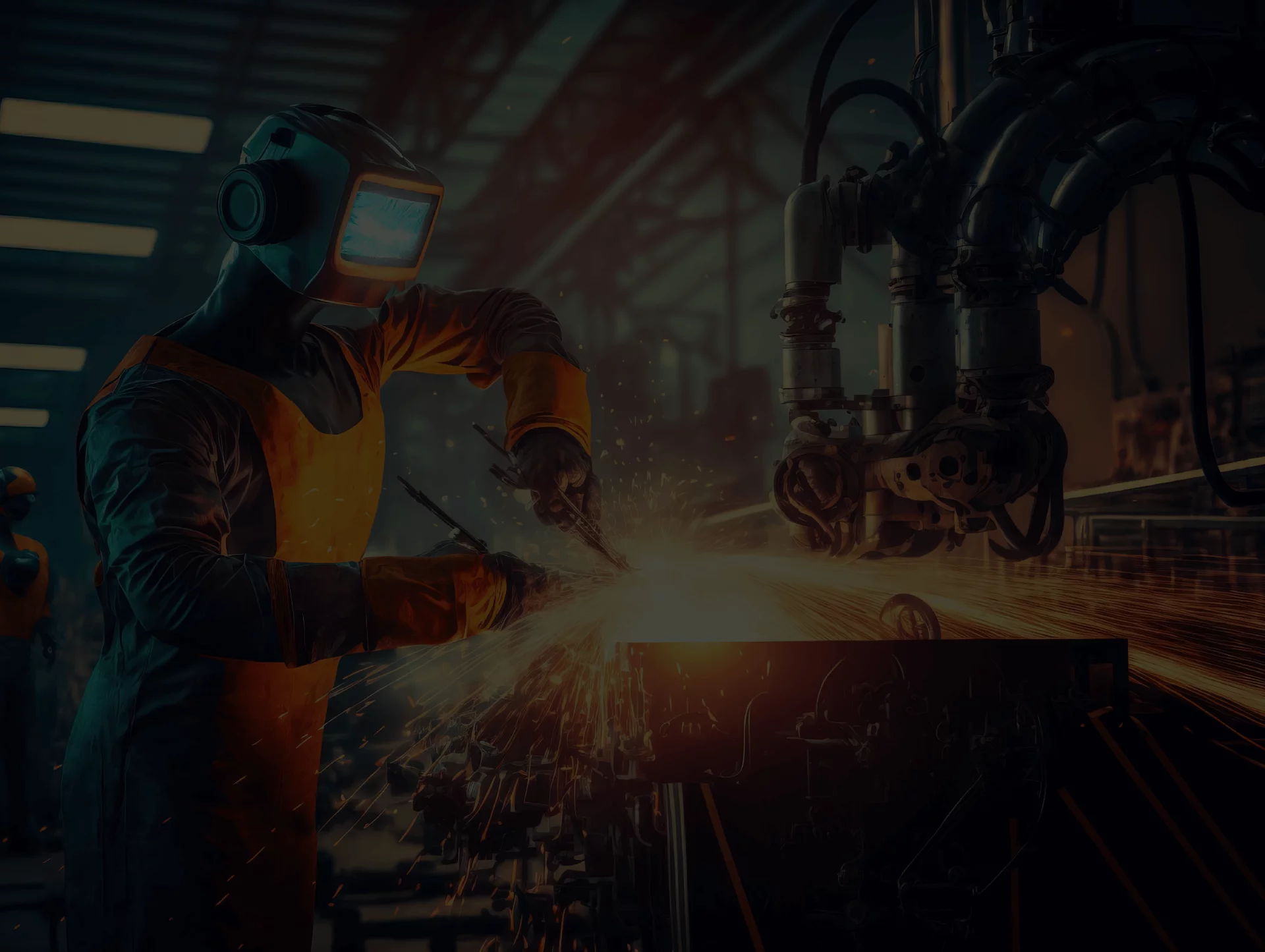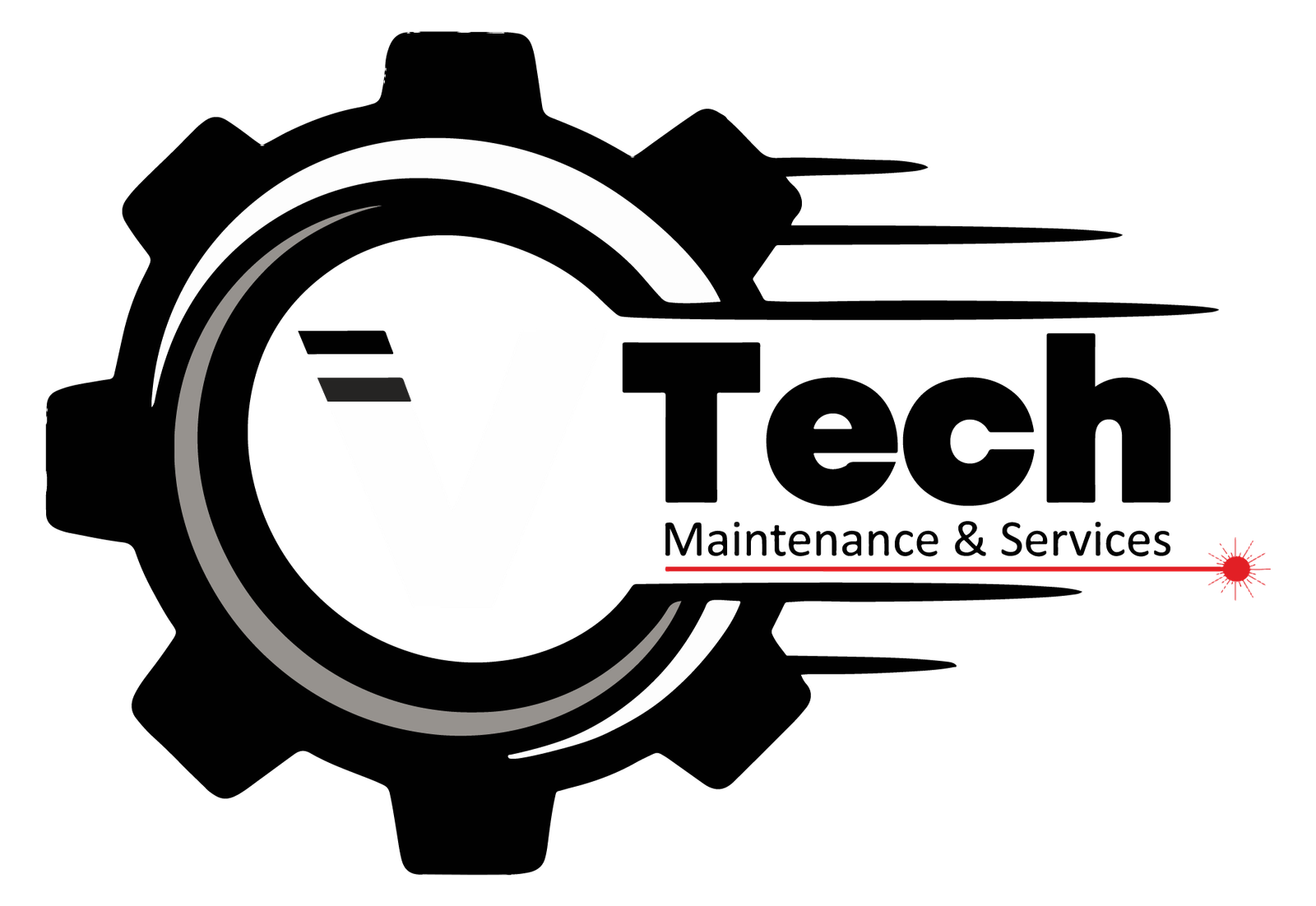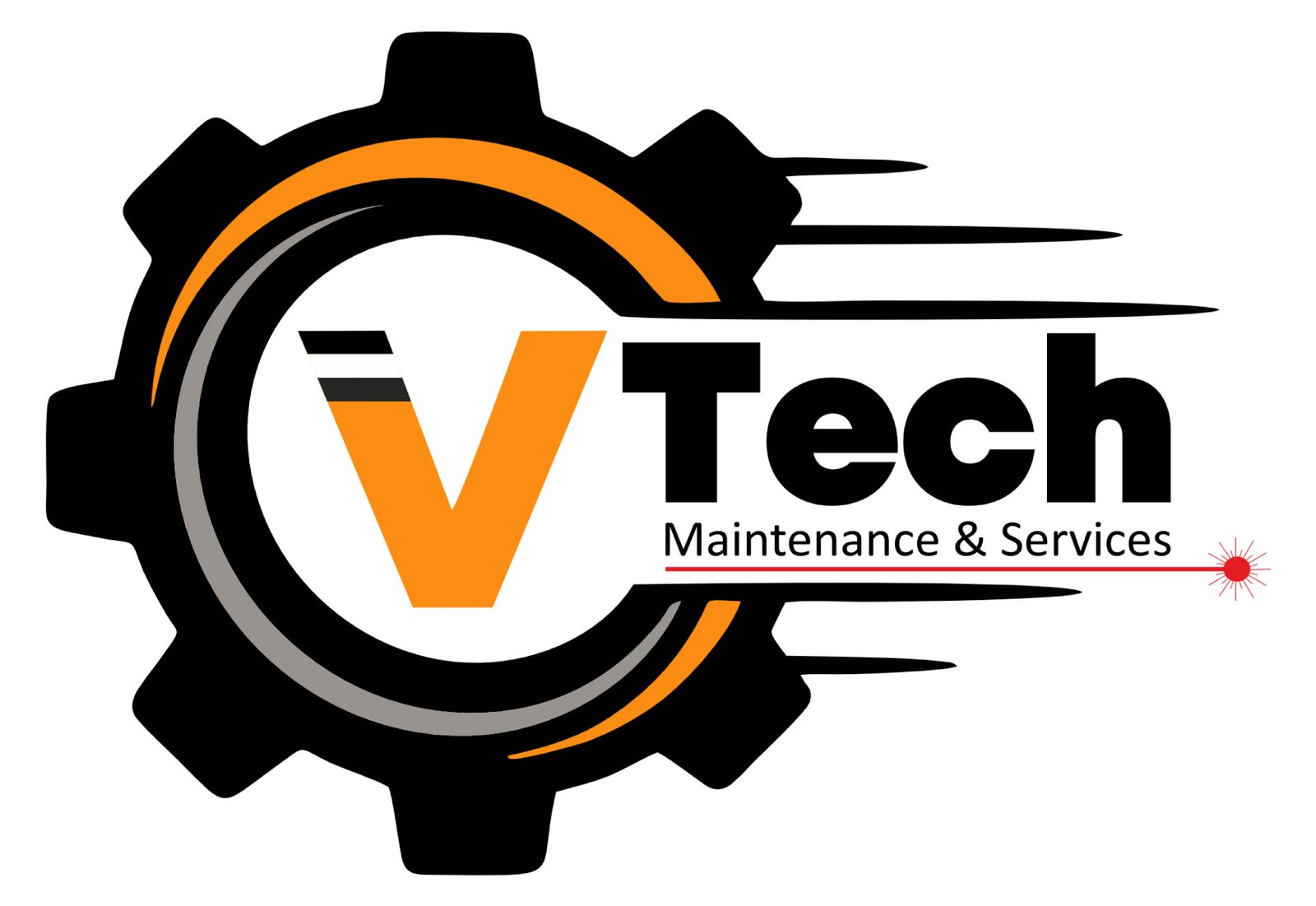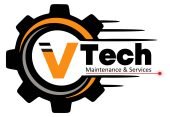

Straightness, Squareness & Roll Parallelism Alignment
Straightness
In many places, you need to ensure that the surfaces are perfectly straight, e. g., when using a lathe, CNC, etc.
The ideal cylinder can only be achieved if the guiding guideways are also straight. The standard of straightness in precise engineering is represented by a ruler. According to Bryan's Principle, a straightness measuring device should be aligned with the functional point at which straightness is to be determined. If this is frequently not possible, either the slideways that transfer the measurement must not move at an angle or angular motion data should be used to calculate the offset result.
Definition of straightness of a line in two planes
If the difference between any two points on a line from two planes parallel to the line and perpendicular to it stays under the necessary tolerance limit, the line is said to be straight. The reference planes are selected so that the line connecting two points on the route to be measured runs parallel to their intersection. The two spots are thus near the ends of the lengths that need to be measured. Since the maximum permitted deviation from the reference line connecting the two ends of the road needs to be verified, the straightness tolerance is defined.

Tolerance on the straightness of a line
Declaring the measurement range, or checking the length, and the tolerance position with respect to the reference line is normal practice. output needs to be one paragraph. The sections near the very edge of the ends, which typically include minor local faults, are frequently disregarded or overlooked.
Many industries measure straightness on a daily basis. Members, rollers, pipes, machine ends, machine runners, and conveyor belts are a few examples. Straightness measurements are made for bearing placements, for example, in diesel engines. Straightness is frequently a crucial criterion for a machine to run correctly and/or create fault-free components.
The basic principle of Straightness Activity is that each activity value shows the position of the detector relative to the sunlight beam. the sunlight beam could also be visualized as a very, very, long, fully straight, weightless ruler. First, the beam must be roughly aligned with the activity.

With just one measurement procedure and our laser alignment equipment, you can determine whether any round profile is straight. At least three pairs of measuring sensors are included in the measuring frame, which is made to be inserted straight into your current line. The item is scanned after rolling through a measurement machine as part of an inspection procedure. The measurement result indicates the deviation between a line's straightness and that of a reference line. Other criteria, such as the object's ovality and length (or diameter), are optional.
Squareness

Proper machining and assembly procedures depend on perpendicular components maintaining a 90-degree angle, which is ensured by squareness alignment. Precision and product quality are impacted by any variance.
Typical Squareness Problems
Our Services for Squareness Alignment
We offer expert alignment services using advanced tools, including:
Squareness verification – Ensuring correct perpendicularity between components.
Alignment of columns and gantries: Verifying and adjusting horizontal and vertical planes.
Assessing the frame and base plate ensures the overall stability of the machine.
Parallelism of Rolls

For industries that use rollers, such printing, paper, textiles, and steel production, roll parallelism is crucial. Uneven wear is avoided and consistent material processing is guaranteed by proper alignment.
Issues Resulting from Roll Misalignment
Defects in the material and uneven product thickness More frequent maintenance and increased roller wear Higher rejection rates in production Excessive vibration and noise

Our Services for Roll Parallelism Alignment
Among our customized alignment solutions are:
Solutions for Precut Shims

Precise adjustments are necessary for proper alignment, and precut shims are essential to attaining precise alignment. Our premium precut shims offers the following benefits:
High accuracy, robustness, range of sizes, and speedy installation
Precut shims are used in alignment processes to increase machine efficiency, lower vibration, and increase equipment longevity.
Our shims are composed of carefully chosen materials that are appropriate for shim application. Every shim's thickness is regulated to be as near to the stipulated value; high hardness and springness minimize the likelihood of thickness changes during use.
Features: 0.01 mm Thick to 5 mm Thk Width: 500 mm to 5 mm Length: 304, 304L, 304H, 309S, 309H, 310S, 310H, 316, 316H, 316L, 316 TI, 317, 317L, 321, 321H, 347, 347 H, 409, 410, 4105, and 430 are the available coil form grades.
For expert horizontal and vertical shaft alignment services if misalignment is causing problems for your equipment, get in touch with us right now. Our professionals will make sure your equipment operates effectively, smoothly, and with little downtime.







